#the ploughman
Text
youtube
0 notes
Text
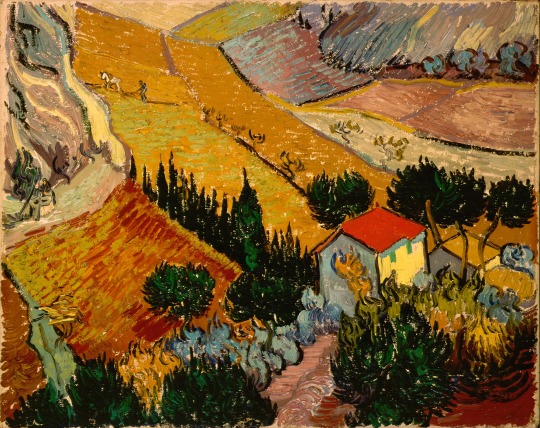
Vincent Van Gogh, Landscape With House And Ploughman, 1889
75 notes
·
View notes
Text
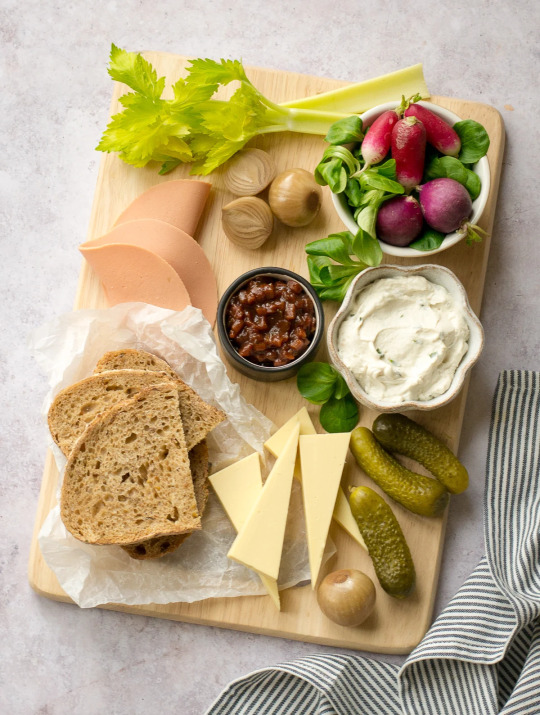
Vegan Ploughman's Lunch Platter
#vegan#lunch#appetizer#british cuisine#charcuterie#ploughman's lunch#bread#radishes#vegan cheese#gherkins#onion#pickles#celery#vegan deli meat#vegan butter#chutney
33 notes
·
View notes
Text

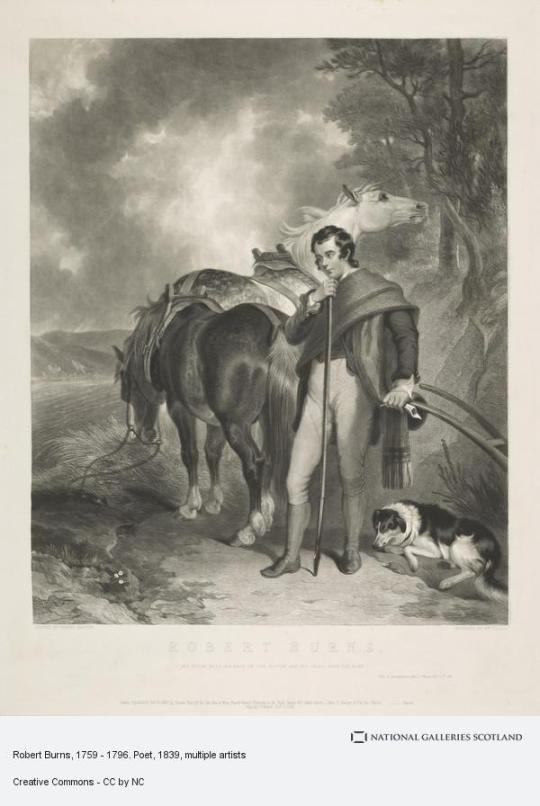
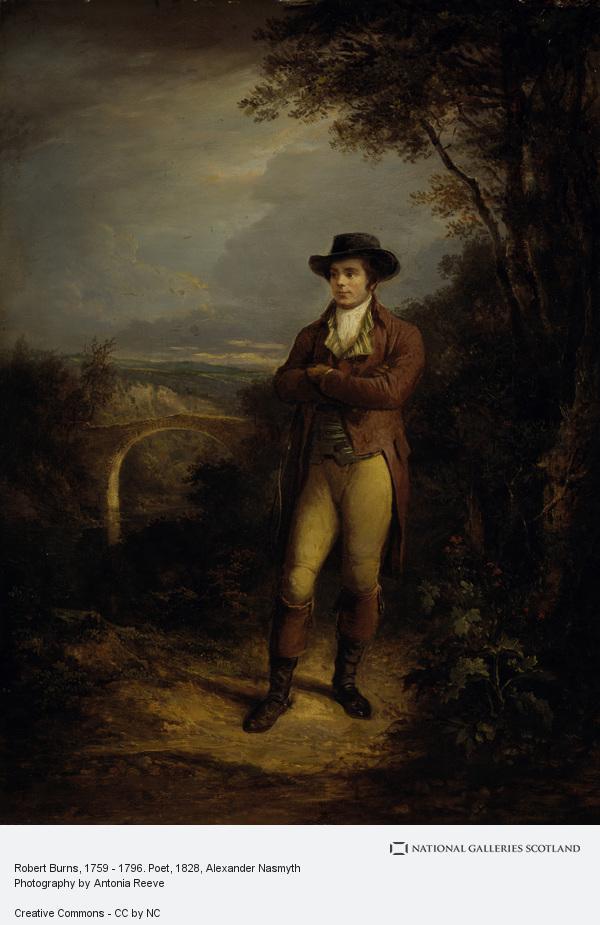
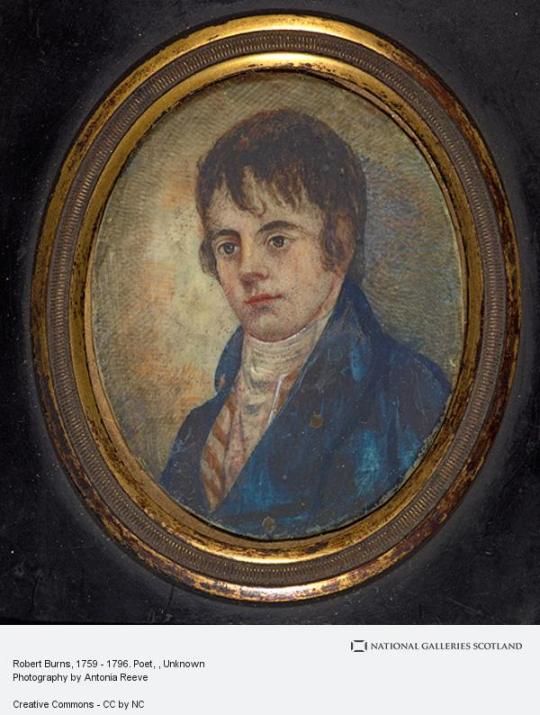
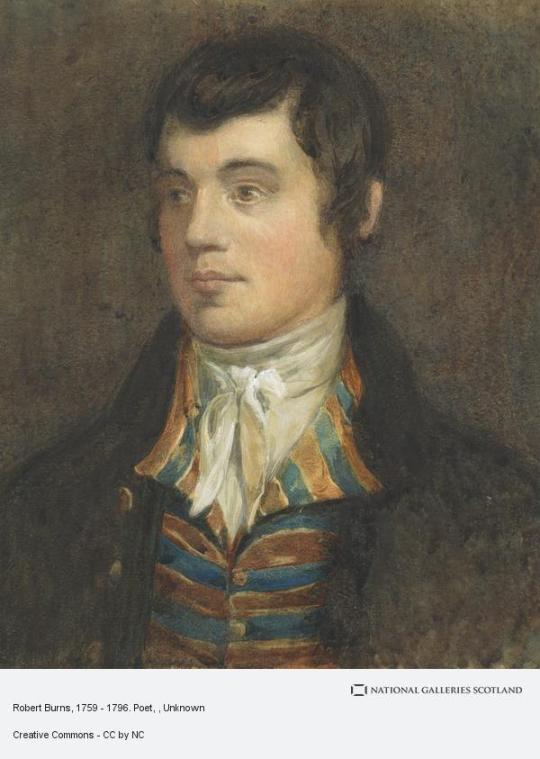
25th January marks the annual celebration of Burns Night - a time to celebrate Scotland's favourite son, and world renowned poet and song writer Robert Burns who was born on this day 1759.
I have covered Oor Rabbie on may occasions so on this day I hope to bring you a few facts about Scotland's National Bard and his legacy.
Known as somewhat of a ladies man, Burns is known to have fathered 12 or 13 children, depending on the source, to 4 different women. His last born child, Maxwell, was born on the same day as his funeral 25 July 1796, meaning his wife Jean Armour missed his send off.
As a lad growing up in Ayrshire, Burns was always fond of supernatural stories, most of which were told to him by an old widow who helped out on his father's farm. These stories no doubt had an influence on his writings in the future and perhaps were the inspiration for his classic masterpiece, Tam O'Shanter and the lesser known Adress to the Deil and Halloween. Even in these poems he flattered the fairer sex with his words, this from the latter poem.....
The lasses feat, an' cleanly neat, Mair braw than when they're fine; Their faces blythe, fu' sweetly kythe, Hearts leal, an' warm, an' kin':
Of course Burns also gives another of his favourite subjects a mention in this verse, "the deil himsel," Look it up it's another guid yin!
Burns didn't always want to stay in Scotland - he hoped to move to the Caribbean island of Jamaica. Although following the success of his poetry collection 'Poems, Chiefly in the Scottish Dialect' (or the Kilmarnock Edition as it is known), he opted to move closer to home, settling in Edinburgh for a time.
For all his fame, Burns never forgot his humble roots. His love for farming stayed with him throughout his life and his writing often dealt with issues affecting the poorer classes, notably highlighting the need for greater social equality. Indeed he is known as the Ploughman Poet, a nod to his farming life.
And on his legacy, Burns has gathered some very famous fans since his passing, US president Abraham Lincoln could recite Burns’ works by heart. Bob Dylan says that ‘A Red, Red Rose’ by Burns is his source of greatest creative inspiration and Michael Jackson song Thriller is said to have been inspired by Tam O'Shanter.
In Japan at pedestrian crossing you don't get beeps like here in Scotland, they play a rendition of the Burns song ‘Coming Through The Rye’.
There are more statues in honour of Rabbie than any other male figure in history, only surpassed in total by Queen Victoria. (I am not including religious statues).
In 2005 Robert Burns was the first person ever to feature on a bottle of Coca Cola, about a million were made they currently trade for around £10 and I have one, unopened in my kitchen cupboard.
Arguably Burns most famous song, Auld Lang Syne, has appeared in over 170 Hollywood films including The Apartment, It’s A Wonderful Life and When Harry Met Sally. , but he only rewrote the verse, he sent the poem to the Scots Musical Museum in 1788 indicating that it was an ancient song but that he'd been the first to record it on paper. The phrase 'auld lang syne' roughly translates as 'for old times' sake', and the song is all about preserving old friendships and looking back over the events of the year.
In the US city of Atlanta, there is a life-size imitation of Burns’ first home in Alloway, South Ayrshire, although it doesn't have the famous thatched roof.
In Scotland, there are some 20 official Burns memorials dotted around the country, from Aberdeen to the final resting place of Burns in Dumfries, which commemorate his journey from Ayrshire to “Auld Lang Syne”.
‘My Heart’s in the Highlands’ was translated and adopted as the marching song of the Chinese resistance fighter in the Second World War.
In 2009 STV viewers voted Robert Burns ‘The Great Scot’, beating the likes of William Wallace, Robert the Bruce among others.
There are Burns Clubs scattered across the globe, but the very first one, known as The Mother's Club, was founded in Greenock in 1801. They held the very first Burns Supper on what they thought was his birthday, January 29th 1802, only to discover that his birthday was actually January 25th!
Since then Burns suppers have been held worldwide.
I know some of you out there will toil to understand some of Burns's poetry, don't fear you will find the Best of Robert Burns, translated into the "de'il's tongue" just Click here...
The song Ae Fond Kiss, was one of my mums favourites the words "Never met-or never parted, We had ne'er been broken-hearted" are inscribed on her grave......"
43 notes
·
View notes
Photo




Tim Curry in The Ploughman's Lunch (1983) dir. Richard Eyre
#tim curry#the ploughman's lunch#..........................................................#most important minute on the entire richard eyre's filmography#sir may i...?#🧎♀️#no seriously#my brain stopped working#gifs*
233 notes
·
View notes
Photo

Minty is amidst a Ploughman’s Lunch.
In Buckland Monachorum, in Devon, England.
54 notes
·
View notes
Photo
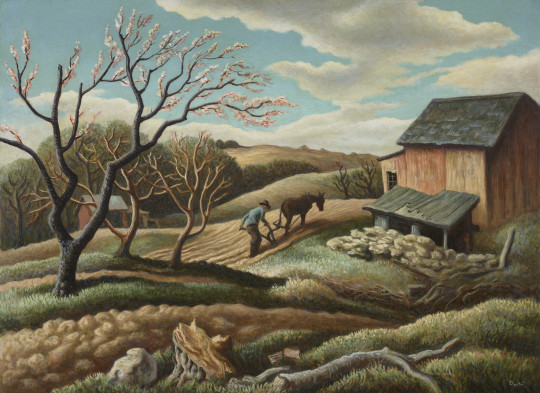
Thomas Hart Benton (American, 1889-1975), Spring Ploughing, c.1940. Oil on canvas, 22 3/8 x 30 1/4 in.
183 notes
·
View notes
Text

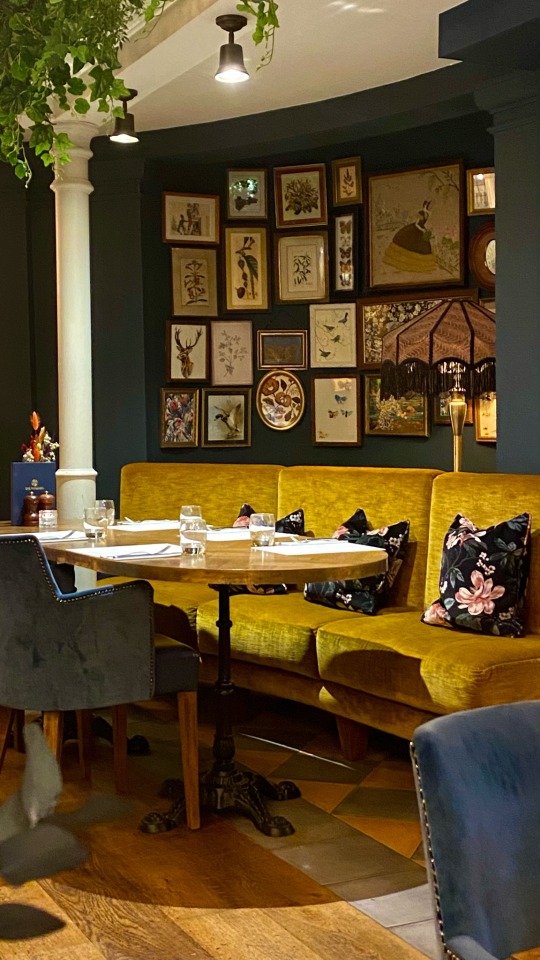







Back at the hotel after a fabulous & lovely dinner with the lovely & fabulous @littlemisso
#such good food!!#fried crispy tofu with kimchi#goats cheese and fig tarte#arrancini with smoked tomatoes#sourdough with rabbit ragu#ploughman’s sharing plate#sticky toffee pudding with vanilla ice cream#back back back back back#it’s a bat’s life#bat and food
11 notes
·
View notes
Text
You might expect the wardrobe of a medieval ploughman to be all function over style, but you’d be wrong. What they wore reflected their important status in the community.
19 notes
·
View notes
Text
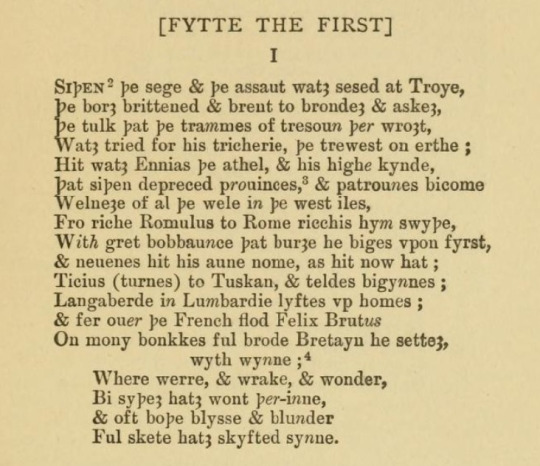

K. G. T. Webster and William Allan Neilson; where is the bob and wheel
#photopost#Sir Gawain and the Green Knight + Piers the Ploughman. The Riverside Literature Series (1917)#Library of Congress Control Number: 17009238
5 notes
·
View notes
Text
my saw trap wouldn’t even be spikes or anything. the puppet would come in with a big platter and tell me to eat a whole ploughmans
Ok bread? thats fine, I love bread. Onions? raw onions make me nervous. CHEESE? i hate cheese it makes me sick. a pint of beer? alone? Without a single friend to share it with
#i just read the wikipedia article for ploughmans and got very scared#let’s not even talk about the optional additions like the egg or relish#yeah I love these things#but how is the egg cooked? is the yoke hard? if it is I’m not doing it#give me relish with a good burger sure. but we’ve already established I’m not eating that cheese. what am I eating plain bread and relish?#will the horrors ever cease#kal speaks
3 notes
·
View notes
Text

22 notes
·
View notes
Text
meal deal prices at campus store increased another 10p -_-
#idc nothing stands between me and my cheddar ploughmans#this wouldnt happen if margels won the yaoi poll.....
7 notes
·
View notes
Photo

In Norfolk hatten wir auch einmal jenes vorgeblich traditionelle Pub-Gericht The Ploughman’s Lunch, das in Wahrheit eine Werbemaßnahme des Käsebüros aus den 50er-Jahren ist. Jawohl, des Käsebüros, einer Einrichtung zum Zwecke der Abssatzsteigerung des zuvor rationierten Käses nämlich. Auf sowas muss man achten, wenn man als Journalist aus der Geschichte lernen will, beispielsweise was die Berichterstattung über die Suezkrise für den Falklandkrieg bedeutet, sowie auf seine Integrität, und daß das Liebesleben nicht dazwischenkommt, erzählt der gleichnamige, interessante Film, aus dem wir erstens das mit der Werbemaßnahme wissen, und der sich zweitens als außerordentlich passend herausstellte, er spielt nämlich nicht nur in London, sondern auch in Norfork (und zudem, heimlich mitgefilmt auf dem Kongress der Conservative Party in Brighton).
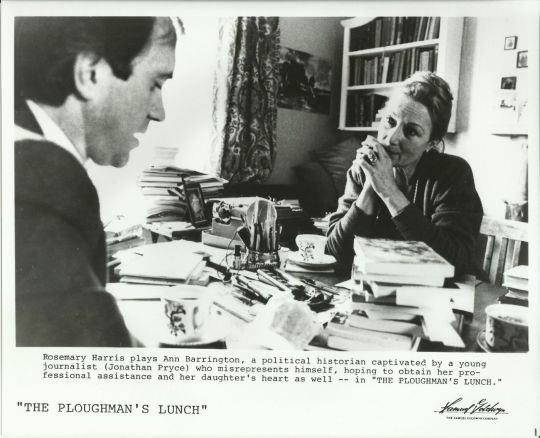
#The Ploughman’s Lunch#Jonathan Pryce#Tim Curry#Rosemary Harris#Charlie Dore#Film gesehen#Richard Eyre
3 notes
·
View notes
Photo

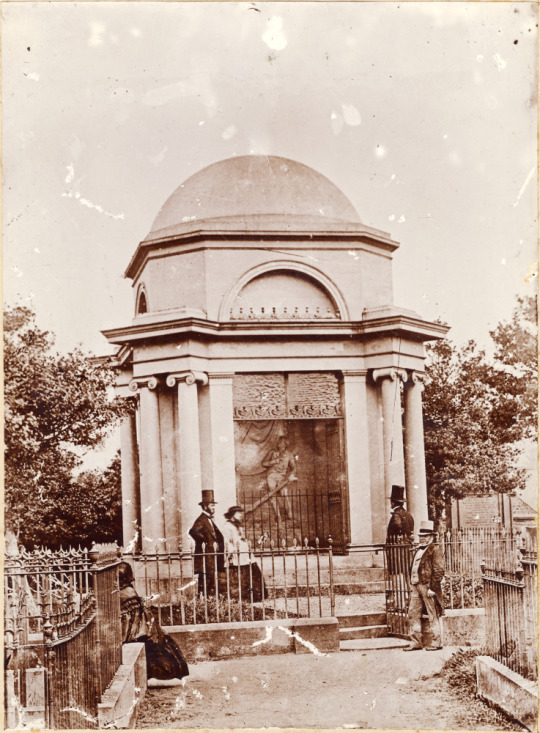
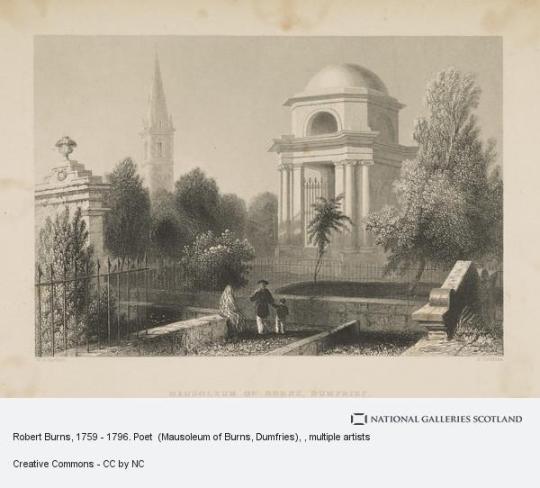


On November 29th 1813 a campaign was launched in Dumfries to raise public subscriptions to fund a mausoleum for the poet Robert Burns.
The first attempt to have a memorial erected to Burns was made as far back as 1812, by John Forbes Mitchell of Bombay, and it is ironic that the first expression of a national, as opposed to a local, nature, should have come from overseas. Although Mitchell eventually collected a large sum of money for this purpose, it was not until he returned to Britain in 1819 that he could take practical steps to implement his proposals. In the meantime, plans for monuments to Burns had been maturing elsewhere.
In 1813, John Syme, who had been a close friend of Burns, campaigned to raise funds for the Mausoleum. The structure was designed by Thomas Frederick Hunt while sculptor Peter Turnerelli created the scene in marble of Burns at the plough contained inside.
On 19th September 1815 the poet`s remains were exhumed and re interred in the mausoleum. The service was attended by his wife Jean Armour, who had been unable to attend the original service as she was giving birth to Burns` son.
It was actually built by a local stonemason named John Milligan at a cost of just over £300. Though the structure was completed in 1817 Burns' body was moved to its new home in 1815 while the mausoleum was being built.Burns' wife Jean Armour was interred beside her husband in 1834. At this time a plaster cast was made of Burns' skull. Also buried in the mausoleum is the couple's son Maxwell Burns, who died in 1799 at just 2 years and 9 months old, and Francis Burns, another son who died in 1803 at 14 years old.
The mausoleum takes the form of a neoclassical rotunda with pairs of Ionic columns supporting an octagonal drum with a dome at the top. Within the mausoleum is a group of sculptures by Peter Turnerelli.
The sculptures show the ancient Muse 'Colla', a representation of the Ayrshire region of Kyle where Burns was born, throwing her mantle over Burns while he ploughs a farm field. The cloak is a mantle of inspiration, a reflection of how Burns' life early life in Ayrshire inspired his poetry. Colla's mantle of inspiration summons Burns the ploughman to become Burns the poet.
The original sculptures were replaced by copies sculpted by Hermon Cawthra in 1936. They were installed as part of an effort to restore the mausoleum and were unveiled by Prime Minister Ramsay MacDonald.
The mausoleum is made of local red sandstone. Around 1880 the structure was painted bright white, with the dome a pale green. The base of the mausoleum is open on three sides, but each of these sides is now protected by an iron gate so that you can see within but cannot actually enter the building.During the 19th century the Dumfries Burns Club began a custom of laying a wreath at the mausoleum on Burns' birthday (25th January) and the custom continues to this day.
The Burns Mausoleum is listed Grade A for its heritage value.
23 notes
·
View notes
Text
had a ploughmans lunch 2 days in a row i think we're going for 3 tomorrow
3 notes
·
View notes